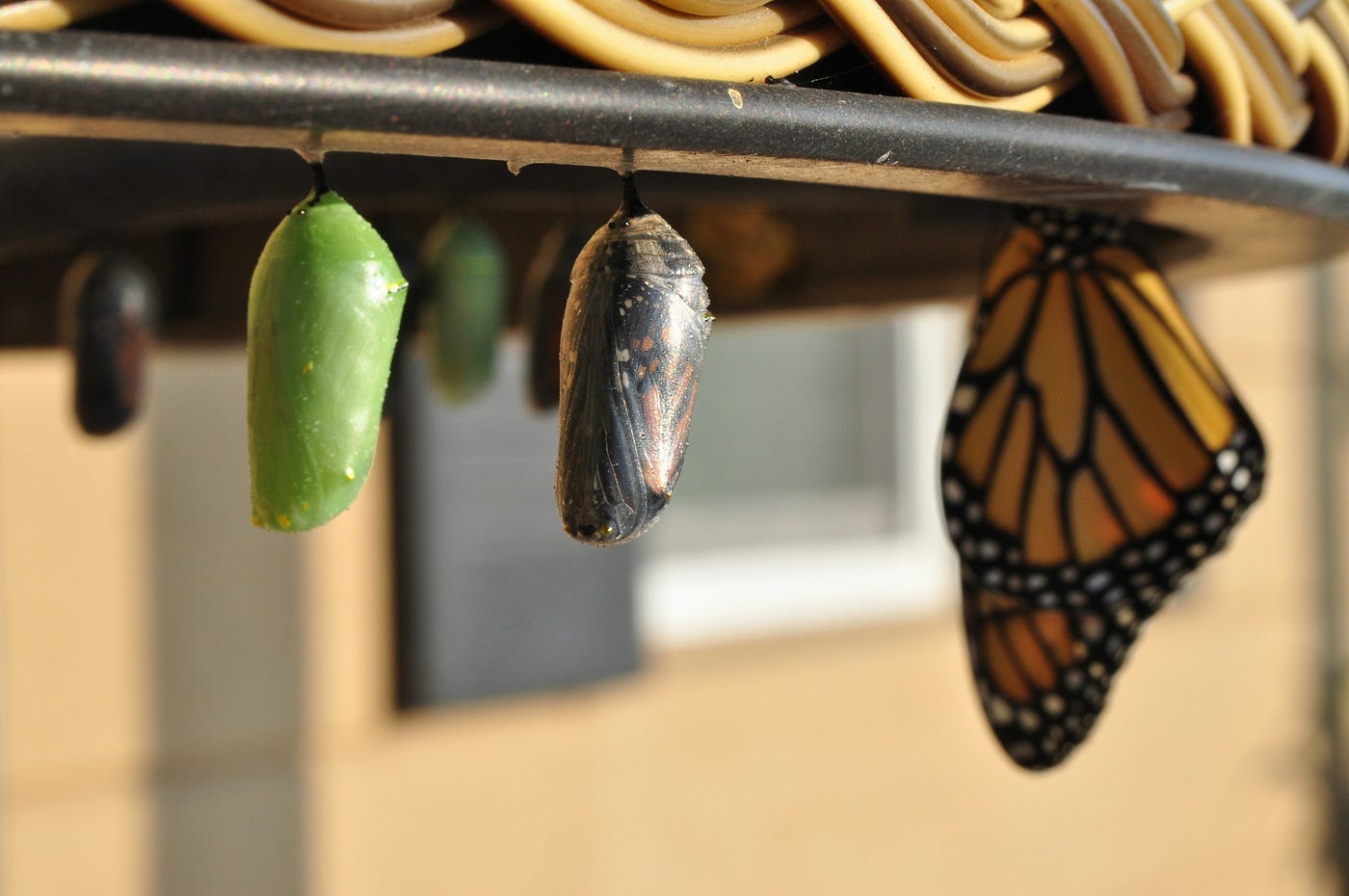
Have you watched this video? A fictional character who goes by the name Shao Kahn in a Ghanaian parody of the Mortal Kombat (Anderson 1995) movie makes his villainy painfully clear by saying, “I don’t want peace. I want problems, always.”
Well, this catchphrase is all over the internet. It’s gone viral for rather apparent reasons. For one, it’s hilarious, dramatic, and memorable. It would be awkward for any individual to confidently proclaim this absurdity. In most cases, a sane person hardly chooses war over peace or prefers problems to calm and ease.
However, although you may not outright have a thirst for strife and problems, facing challenges can be very positive. Problems, whether you have a liking for them or are averse to them, are inevitable. Having a mindset that helps you accept this reality is required to face challenges and progress accordingly.
If the challenges are gargantuan, then growth is naturally exponential. Simply put, inasmuch as problems are typically seen as negative phenomena, they can play a crucial role in personal growth and self-improvement.
Catalyses growth

Paradoxically, problems are required to push you out of your comfort zone, because the comfort zone can equally be problematic. The comfort zone is stagnation, as it’s a place where you are shamelessly complacent and avoid challenges.
However, every problem or challenge presents an opportunity for growth.
Say you stay in a familiar but unchallenging 9 to 5. That’s safe, but it might prevent you from advancing your career. Overcoming this comfort zone problem is necessary for personal growth, as it involves confronting new situations, learning new skills, and subduing obstacles.
Problems may seem crippling at first, but if you persist regardless, you will find that they are essential for personal growth. As Dweck puts it,
People in a growth mindset don’t just seek challenge, they thrive on it. The bigger the challenge, the more they stretch. … Even in the growth mindset, failure can be a painful experience. But it doesn’t define you. It’s a problem to be faced, dealt with, and learned from. (2006, 23, 33)
By cultivating a mindset that is welcoming of challenges for the benefits they promise, your potential for growth will be limitless.
Builds grit and resiliency

Problems, when faced head-on increase a person’s ability to bounce back from setbacks or challenges. In other words, problems help you build resilience.
Problems are like jabs at your plans.
Mike Tyson explains it vividly in the words, “Everyone has a plan until they get punched in the mouth.” Resilience is therefore the ability to advance in spite of a punch to the mouth, and as aforementioned, that punch is the organic scheme of things.
In her book, Duckworth quotes Jamie Dimon, who offered the advice, “Use mistakes and problems as opportunities to get better — not reasons to quit” (2016, 198).
Jamie seems to agree with Duckworth that perseverance in the face of challenges is a significant predictor of success. Their assertion is very understandable because resilience creates a vicious cycle of sorts. There’s an initial problem, the individual solves it, another one crops up, and if the individual is resilient, she decides to confront it and eventually solves it. A bigger problem comes along, but because the individual has gained problem-solving skills, she proceeds as before despite the nature of the problem.
The cycle continues, and André De Shields explains it best when he says,
“The top of one mountain is the bottom of the next, so keep climbing.”
Real world examples (and a few fictional ones too)

On the subject of historical figures that have been ushered into greatness for triumph over the problems that seemingly sort to undo them, one person that comes to mind is Nelson Mandela. In his autobiography, The Long Walk to Freedom: The Autobiography of Nelson Mandela, he writes:
Apart from life, a strong constitution, and an abiding connection to the Thembu royal house, the only thing my father bestowed upon me at birth was a name, Rolihlahla. In Xhosa, Rolihlahla literally means “pulling the branch of a tree,” but its colloquial meaning more accurately would be “troublemaker.” I do not believe that names are destiny or that my father somehow divined my future, but in later years, friends and relatives would ascribe to my birth name the many storms I have both caused and weathered (1994, 21)
Mandela seems to suggest here that his name and his friends thought him rather descriptive of Kahn’s catchphrase. There’s even a chapter in the book titled “The Struggle is My Life.” His story is popular knowledge, and most people can acknowledge that he made lemonade when life served him lemons. He also realises that life never stops handing out lemons. He therefore reminisces:
I have walked that long road to freedom. I have tried not to falter; I have made missteps along the way. But I have discovered the secret that after climbing a great hill, one only finds that there are many more hills to climb. I have taken a moment here to rest, to steal a view of the glorious vista that surrounds me, to look back on the distance I have come. But I can rest only for a moment, for with freedom come responsibilities, and I dare not linger, for my long walk is not yet ended. (Mandela 1994, 384)
English literature also commonly explores the subject matter of this article. A few literary works include: The Count of Monte Cristo by Alexandre Dumas, Circe by Madeline Miller, Kane and Abel by Jeffrey Archer, The Arabian Nights: Tales of a Thousand and One Nights, A Child Called ‘It’ by Dave Pelzer.
In all these works, the protagonists confront adversity, hardship, and personal crises that serve as catalysts for their growth.
Final thoughts

Facing problems is a continuous endeavour. As Chis Williamson (AKA Chris Willx), a well-known podcaster and YouTuber, encapsulates:
Problems are a feature of life not a bug. There will never come a time when you have no problems. Did you think that you would just wake up one day and you’re going to cease having problems like completing a video game and levelling up to a map where there’s nothing there? That is never going to happen. Your problems will change, sure, but having problems is going nowhere. Dealing with problems is the cost of doing business as a human. It’s not a personal curse on you. Problems are a feature of life not a bug. They are just going to continue coming. You’re not going to have a perfectly smooth ocean where nothing gets in your way. And it will be boring if you did. Despite the fact that you have these things in front of you and that the challenges may even increase in size. Your capacity to deal with them is going to increase. And anti-fragility is alive and well. I hope that, that helps you if you’re dealing with some stresses and problem. (Williamson, “Problems are a feature of life.”).
Have a growth mindset and embrace the opportunities that come with challenges. If you are not constantly facing problems, then your growth and self-development may be stifled. Look sharp; be like Shao Kahn.
Works cited
Duckworth, Angela. 2016. Grit: The Power of Passion and Perseverance. New York: Scribner. EPUB.
Dweck, Carol S. 2006. Mindset: The New Psychology of Success. New York: Random House. EPUB.
Anderson W. S. Paul. 1995. Mortal Kombat. New Line Cinema.
Mandela, Nelson. 1994. Long Walk to Freedom: The Autobiography of Nelson Mandela. Boston: Little, Brown and Company. PDF.
Williamson, Chris. 2024. “Problems are a feature of life not a bug. There will never come a time when you have no problems…” YouTube video, 0:46. Posted June 22, 2024.


